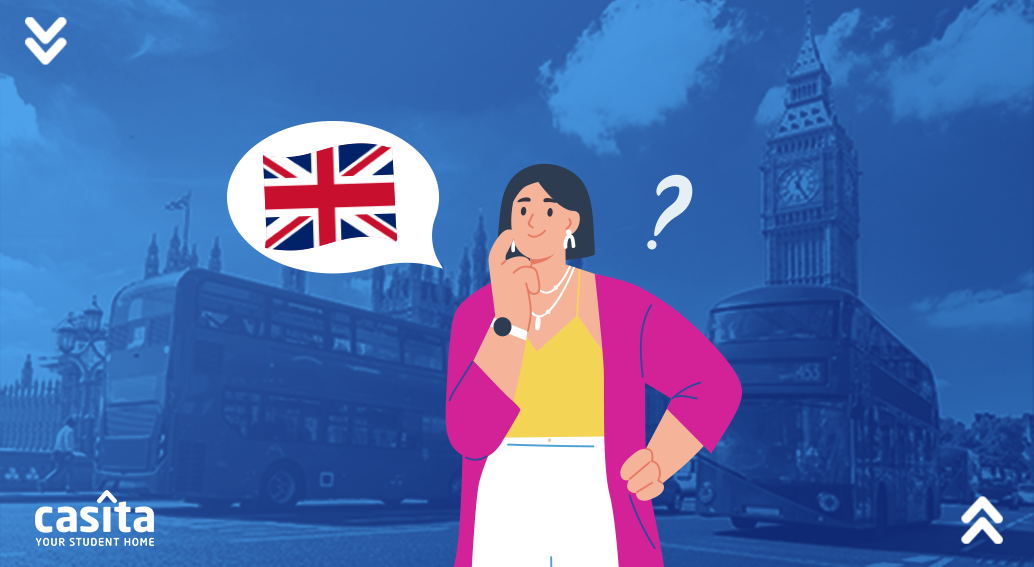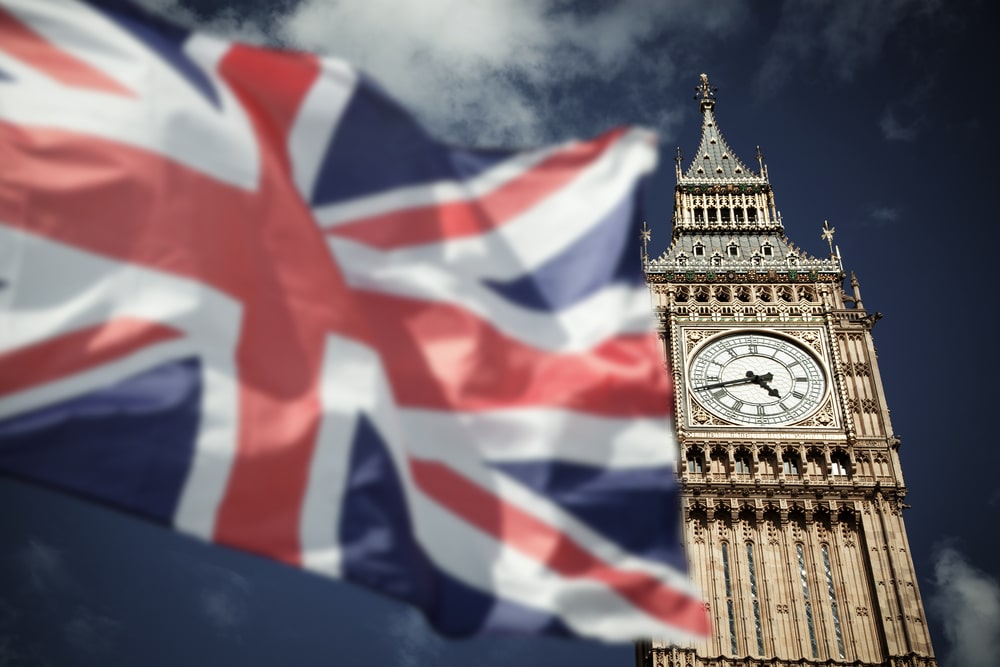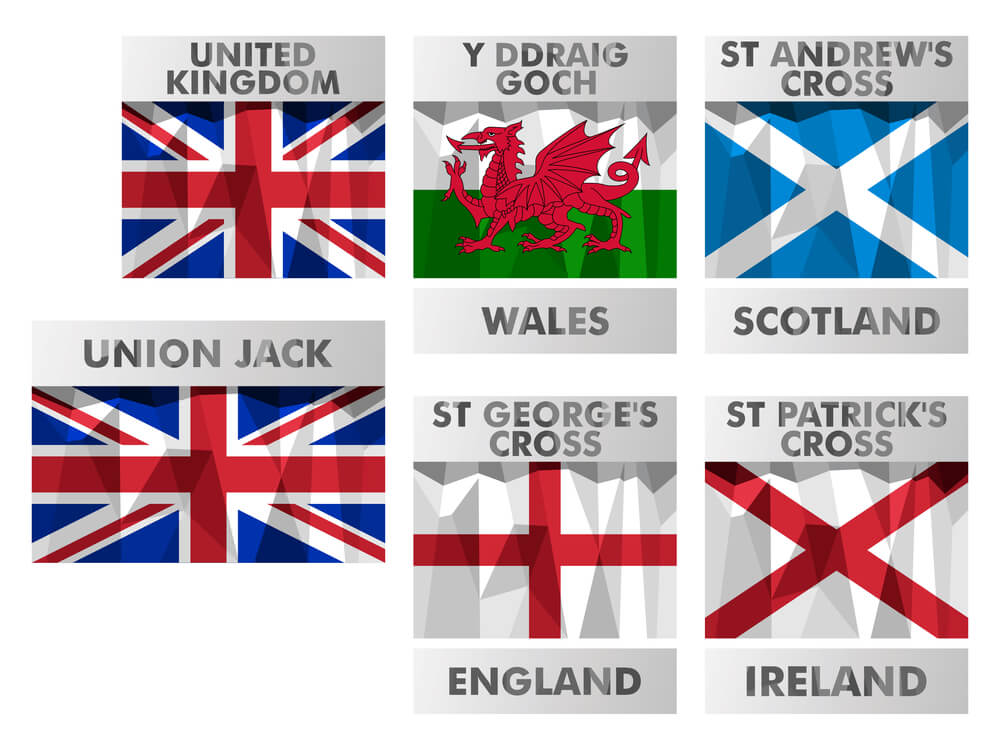The UK Flag: Why is it Called the Union Jack?
Exploring
4 mins read
Share

Updated at: 25 November, 2025
Published at: 06 September, 2019
By Reem Mohamed
The UK Flag: Why is it Called the Union Jack?
Exploring
4 mins read

Updated at: 25 November, 2025
Published at: 06 September, 2019
By Reem Mohamed
Share
The United Kingdom is an island country located off the northwestern coast of mainland Europe. The country comprises the whole of the island of Great Britain, which contains England, Wales, and Scotland, as well as the northern portion of the island of Ireland. Sometimes, the country as a whole is referred to as Britain rather than just the United Kingdom. London, an established city with a diverse culture, history, and overall high status among other world capitals, is the nation’s renowned capital.
With origins that can be traced back to Anglo-Saxon times, the United Kingdom was formed back under the reign of the Anglo-Saxon king Athelstan, who, back in the early 10th century CE, managed to secure the allegiance of neighbouring Celtic kingdoms and became “the first to rule what previously many kings shared between them,” in the words of according to a contemporary chronicle.
Over the following centuries, subsequent conquests allowed other neighbouring kingdoms to be under English dominion. The first one was Wales, a congeries of Celtic kingdoms lying in Great Britain’s southwest, which was formally joined with England through the Acts of Union of 1536 and 1542. Scotland, which ruled from London since 1603, came next and was formally joined with England and Wales in 1707, thus forming the United Kingdom of Great Britain. This is where the adjective British first came into use as a term to refer to everyone living in this kingdom.

During the 1600s, after the addition of both Wales and Scotland, Ireland came under English control but was not formally united with the United Kingdom of Great Britain through the Act of Union in 1800. While the Republic of Ireland gained its independence back in 1922, six of Ulster’s nine countries continued to be a part of the United Kingdom under the name Northern Ireland.
While each independent country has its own unique flag and identity, the need started to arise for a collective, better known as a union, flag that represents all four countries and the United Kingdom of Great Britain, now just the United Kingdom. Let’s delve into more detail about the flag, its origins, its name, and how it came to its final form.
What is The English Flag Called?
Back in the 16th century, the UK flag was simply known as The British Flag or The Flag of Britain before it took its current form and name as the Union Jack. Before getting into the reason why the UK's flag is called the Union Jack, let’s first get to know the United Kingdom’s distribution and how that affected the final design of the flag.
As we’ve already established, the United Kingdom is made up of four countries: England, Scotland, Wales, and Northern Ireland. Hence, the nation’s need for a flag that best represents its four countries. With that in mind, we can now delve into how the country's current flag is a combination of three older national flags: St George’s Red Cross of the Kingdom of England, St Andrew’s white Saltire of Scotland, and St Patrick’s red saltire of the Irelands.
The origin of the flag of Great Britain dates back to 1606 when James VI united England and Scotland. Sometime around the year 1674, the British flag became formally known as the ‘Union Jack’ when mounted on a warship and the ship was not in harbour. Around the same time, the British flag was referred to as the ‘Union flag’ on land.
So, the flag was called by two different names interchangeably depending on whether you were on land or in the water. By the early 19th century, the rule was to simply use the sailing term and call it the Union Jack. But where did the two parts of the name originate from? Let’s break it down! 
1. Union
If you look at the original flag of Ireland, Scotland’s flag and England’s one too and imagine them one above the other, you’ll see the UK’s current flag vivid and clear, representing their unity. The name Union made its first appearance back in 1625. There are several different theories as to how it became known as the ‘Union Jack’. The Union part is relatively easy to figure out, but what about Jack? Here is a theory!
2. Jack
Before the 17th century, the word Jack was used as a description for the maritime bowsprit flag and when warships used to mount the UK flag on the front, it was called “the Jack”. In 1801 when King George called the new flag the Union Flag, the Royal Navy, which was powerful at the time, referred to it as the Union Jack, so the name stuck.
After your introduction to the Union Jack and why it was named as such, here are a couple of things you should know/look out for!
Union Jack Upside-Down
Be careful when you hang the flag, as hanging it upside-down is conveyed as an offensive gesture! It could also be a sign of distress, signifying that something is wrong. So, always make sure that the red line in the top-left corner is at the bottom of the white cross.
English Flag vs. British Flag
England is a part of Great Britain, while Great Britain is a part of the United Kingdom. England's flag is called the St. George's Cross, while Great Britain's official flag is called the Union Flag or the Union Jack as explained earlier.
The United Kingdom holds so many secrets and plenty of information to uncover as you go. With a rich history like this one, a diverse culture, and a story behind everything, even the flag, you’re bound to enjoy researching and eventually visiting the UK. Every time you search the country, you get to learn more and more about it and it’s always a treat! Now that you know about their flag, you can learn more about their geographical territories and the Difference Between the UK, Great Britain and England!
Exploring
By Reem Mohamed
Share
Exploring
Updated at:
Published at:
By Reem Mohamed
Share




